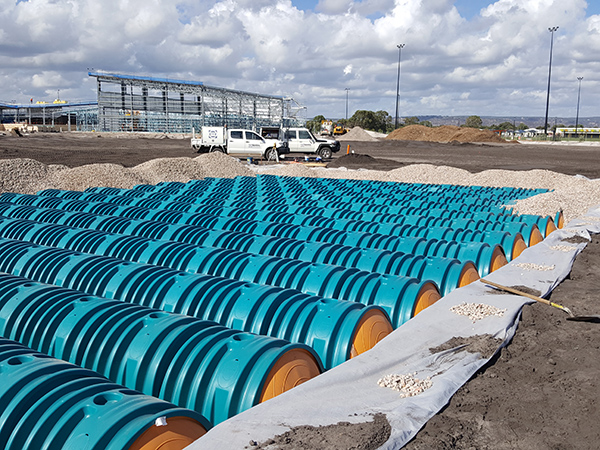
Appointed by the Western Australian State Government under a PPP design, build, maintain contract the EduWest Project Co are tasked with delivering four new primary schools and two new high schools in and around Perth.



Appointed by the Western Australian State Government under a PPP design, build, maintain contract the EduWest Project Co are tasked with delivering four new primary schools and two new high schools in and around Perth.
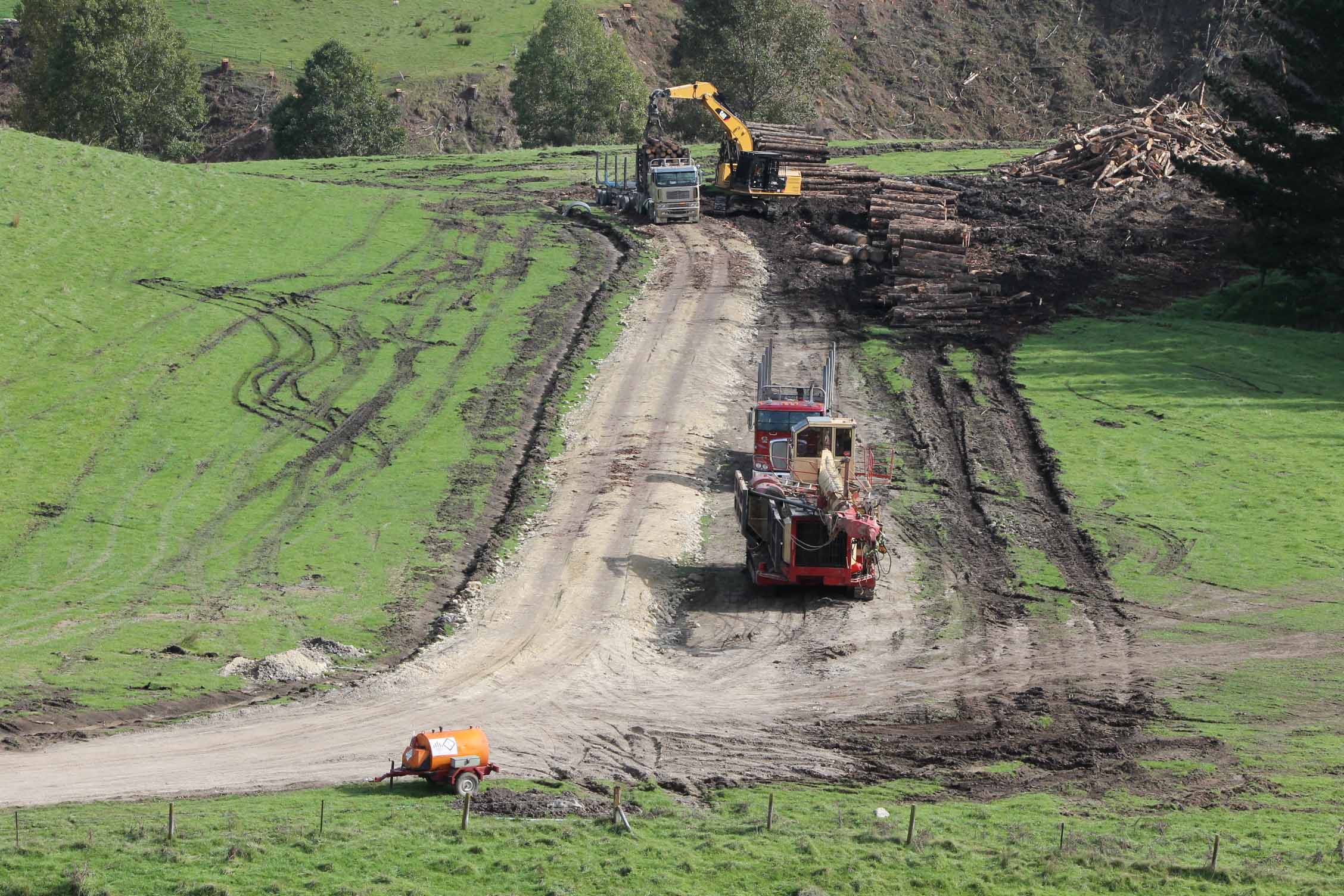
A forestry access harvest road was required into a private block in Glengarry, Hawkes Bay.
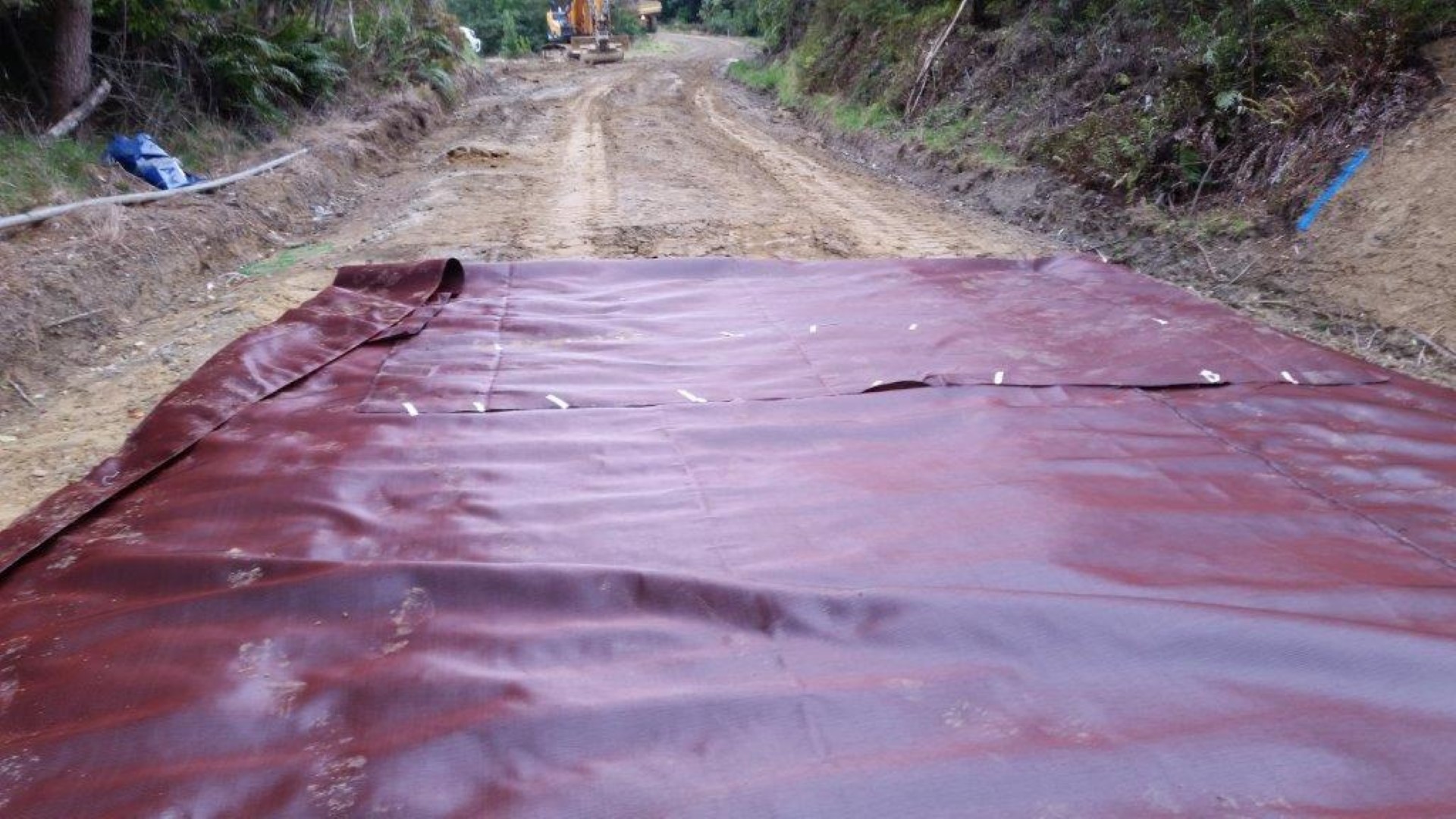
Gisborne is one of the regions in New Zealand that relies heavily on forestry as its main export via the Port of Gisborne.
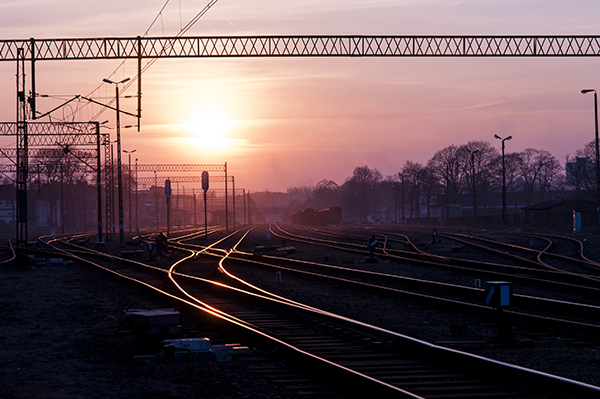
WT Partnership’s report, Track Formation Rehabilitation Options (Geofabrics) – Cost Options and Whole of Life Comparisons (June 2016), was carried out comparing a range of different scenarios using Geosynthetics and comparing them to conventional track formation practices which do not utilise Geosynthetic solutions.
The study investigated a 200 metre long section of track renewal over a 40 year life span and made conservative assumptions around total replacement costs. The study investigated three capital works life span replacement intervals: 15, 20 and 25 years. These intervals can be considered conservative as geosynthetics have proven to contribute to the performance of rail lines for intervals in excess of these time frames.
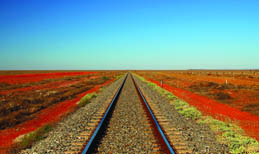
WT Partnership’s report, Track Formation Rehabilitation Options (Geofabrics) – Cost Options and Whole of Life Comparisons (June 2016), was carried out comparing a range of different scenarios using Geosynthetics and comparing them to conventional track formation practices which do not utilise Geosynthetic solutions.
The study investigated a 200 metre long section of track renewal over a 40 year life span and made conservative assumptions around total replacement costs. The study investigated three capital works life span replacement intervals: 15, 20 and 25 years. These intervals can be considered conservative as geosynthetics have proven to contribute to the performance of rail lines for intervals in excess of these time frames.
